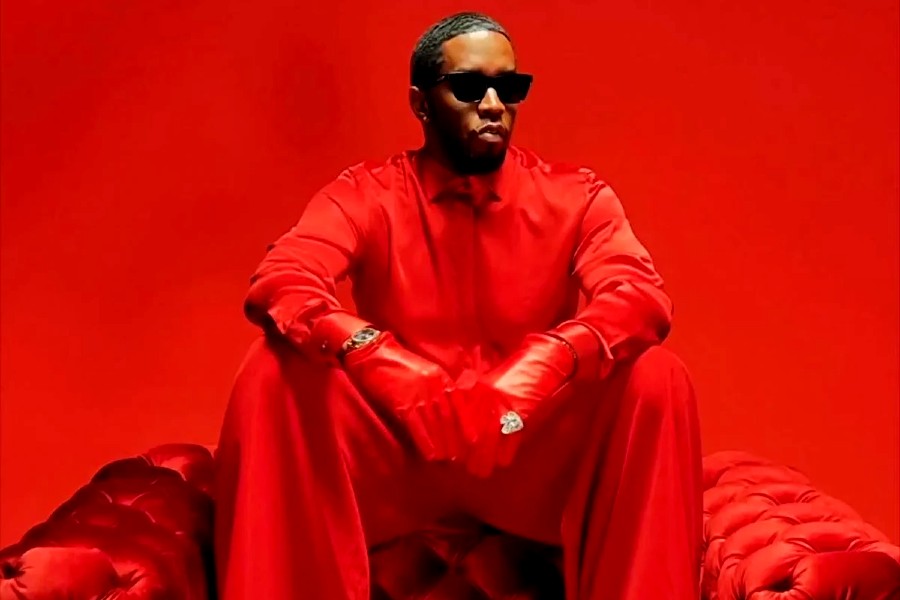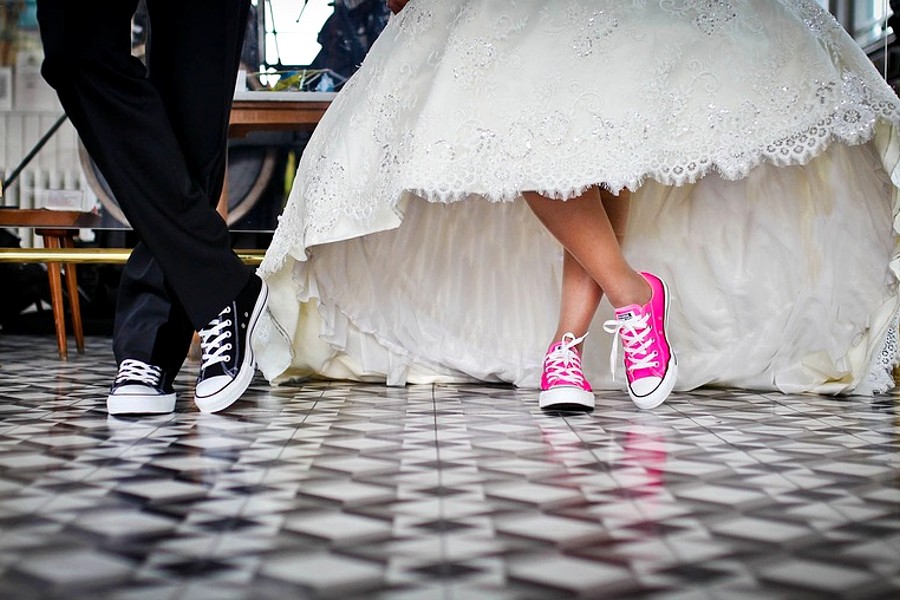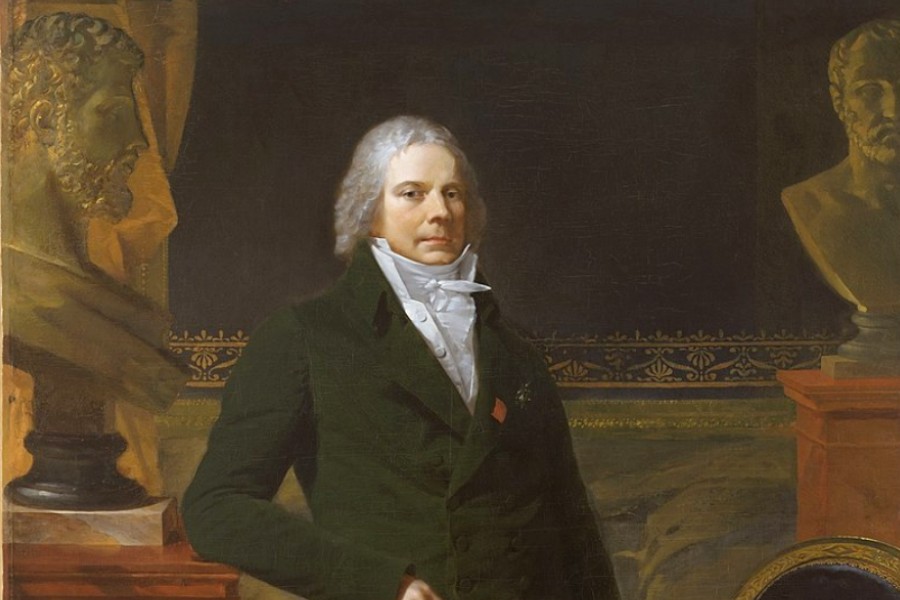 In 2015, the Mellon Foundation conducted its first study of the staff at American art museums.
In 2015, the Mellon Foundation conducted its first study of the staff at American art museums.
Its findings on racial diversity were grim: Only 2 percent of curators were Black. Three years later, when Mellon followed up, the needle had moved ever so slightly to 4 percent, marking an increase of 21 Black curators across the country. By this time, museums had already been under intense pressure to better represent diverse communities, making the lack of Black curators to help guide that change from within even more glaring.
Then George Floyd’s murder last year galvanized the nation, setting off a series of public demonstrations against racial injustice, which migrated from the streets to corporations, schools and museums. Some of the most prominent names in contemporary art, including Gary Garrels at the San Francisco Museum of Modern Art and Nancy Spector at the Guggenheim Museum, left under racially charged clouds. People of color working in museums across the country issued open letters detailing their toxic work environments and accusing institutions of oppressing Black culture in order to protect the status quo. Museums may have begun showing more Black art, says Valerie Cassel Oliver, curator at the Virginia Museum of Fine Arts, but these programming initiatives were surface-level, demonstrating only “the visage of change and diversity, which is artifice,” while not being “about the acquisition of the works, not about really changing the composition of the institution.”
y the end of last summer, museums expressed their commitment to inclusive hiring practices, installed diversity officers to support those hires and set aside money to diversify collections and exhibitions. Philanthropic organizations stepped up with funding for diverse staffing, often through fellowship positions. On top of that, several major museums made high-profile appointments of Black curators to leadership positions, including Naomi Beckwith as deputy director and chief curator at the Guggenheim, Rhea L. Combs as director of curatorial affairs at the Smithsonian, and, just last month, Isolde Brielmaier as deputy director of the New Museum.
But the museums are now left to figure out how to ultimately support these new hires and to create, as Oliver puts it, “a deeper infrastructure, for not just the moment but for moving forward.”
In a series of interviews with Robb Report, many Black curators currently working with mainstream institutions express concern that the field’s responses to the social-justice movement can seemed rushed and not well-considered. Compounding the problem, as independent curator Larry Ossei-Mensah points out, is the fact that many museums were founded on a male, Eurocentric perspective and were not “designed to have our points of view as part of the conversation.” That said, the field is vast, and some museums are tackling issues of race and diversity with more integrity than others.
Instituting systemic changes represents a big shift in mindset for many museums. First and foremost, they have to learn how to incorporate more artists of diverse backgrounds by collaborating with curators who are often better equipped at defining “what inclusivity looks like,” notes Ossei-Mensah. When he was hired as a curator at the Museum of Contemporary Art in Detroit in 2018, he says he introduced a set of ideas centered on “expanding the conversations” and “figuring out ways to platform local artists” in a city that is more than three-quarters Black. Sometimes that mission “was embraced,” he says, “and sometimes it was challenged.” After less than two years, Ossei-Mensah decided to leave the museum—and institutional curating as a whole, calling his choice “just common sense, because I was never going to be interested in doing a bunch of exhibitions on white males.”
Her 2012 show Radical Presence: Black Performance in Contemporary Art, in particular, was the first major exhibition on Black performance artists, bringing newfound institutional recognition to overlooked creators in the field.
Neither was Oliver. But in her case, she was given enough leeway during her long tenure at the Contemporary Arts Museum Houston (CAMH) to organize groundbreaking exhibitions on contemporary Black artists. Her 2012 show Radical Presence: Black Performance in Contemporary Art, in particular, was the first major exhibition on Black performance artists, bringing newfound institutional recognition to overlooked creators in the field.
Exhibitions go a long way to establishing artists’ legacies. But an essential way to keep those legacies alive is acquiring works for museums’ permanent collections. Because CAMH is not a collecting institution, Oliver moved to the Virginia Museum of Fine Arts (VMFA) in 2017 in order to effect change by broadening its permanent holdings. There she has added Betty Blayton, Odili Donald Odita, Melvin Edwards and Ebony Patterson, among others, to the collection. In 2020, the VMFA instituted its second consecutive five-year strategic plan on equity, diversity and inclusion, and it recently announced an expansion project, which will add 100,000 square feet of exhibition space dedicated in part to 21st-century African art and photography.
The acquisition of artists of color has become a universal cause among Black curators. Akili Tommasino joined the Museum of Fine Arts Boston (MFA) in 2018 and says he worked with his colleagues to make numerous acquisitions to “fill gaps” in the MFA’s collection, including pieces by 24 contemporary artists from wide-ranging backgrounds. (Tommasino recently decamped for the Metropolitan Museum of Art.)
When Franklin Sirmans became director at the Pérez Art Museum Miami (PAMM) in 2015, he soon took the cause of acquiring Black art a step further by turning an acquisition fund into an endowment, guaranteeing the inclusion of Black artists at the museum for “generations,” says María Elena Ortiz, a curator at PAMM.
Efforts such as these remain an uphill battle. A 2019 study found that 85 percent of artists in 18 major US museum collections are white. Some institutions, most notably the Baltimore Museum of Art (BMA), have deaccessioned work by some of these artists to raise funds to correct the imbalance, a controversial move that pits the importance of the work being sold against the cause of diverse representation.
Diversifying permanent collections is the long game. Museums playing only the short game—mounting a show or two with Black artists—risk doing more harm than good by coming across as insincere and virtue-signaling.
In June 2020, the Museum of Contemporary Art Cleveland (moCA) canceled a show of drawings by Black artist Shaun Leonardo depicting police officers killing Black and Latino men, citing community organizers’ concerns that the images might distress local audiences traumatized by the police shooting of 12-year-old Tamir Rice six years earlier. Some critics of the decision cried censorship, and others lamented the museum’s clumsy handling of the situation, arguing that had the museum carefully considered—along with the local community—how best to present the sensitive material, the show could have gone on. In the end, the museum’s director stepped down. And the Massachusetts Museum of Contemporary Art picked up the show.
But the fallout extended beyond those directly involved in the Leonardo exhibition. La Tanya Autry, then a curatorial fellow at the museum, tells Robb Report that, in retaliation for criticizing moCa Cleveland’s bungling of race matters generally, museum leaders didn’t follow through on their commitment to support a show she had been working on—only to reinstate it after Autry’s persistent questioning on its status. (The museum did not respond to a request for comment.) Autry ended up organizing a symposium there about how mainstream museums handle images of Black pain.
On the other hand, when Louisville’s Speed Museum asked curator Allison Glenn to organize Promise, Witness, Remembrance, a 2021 exhibition of contemporary Black artists honoring Breonna Taylor’s legacy, she was heartened by how carefully the museum treated a similar subject. The institution had not only already actively reached out to the local community (including Tamika Palmer, mother of the young Black woman slain by police in her apartment) but also set up two committees to gather diverse feedback on the show’s goals. Glenn says she felt she and the institution “were aligned in our approach.” The show ended up becoming a huge success and was touted as a powerful artistic homage to Taylor’s life.
Contemporary art shows aren’t the only minefields for museums. Institutions are also grappling with how to incorporate Black curators’ fresh approaches to the history of Western art.
“Historically, painting was only a province of the privileged,” says Asma Naeem, chief curator at the BMA. In light of limitations in finding artists of color from centuries past, she says she focuses instead on ways the BMA can “reveal the encounters and clashes of various cultures over time” and makes use of wall text or labels to provide context to historical pieces.
A recent method for correcting one-dimensional narratives is tapping contemporary Black artists to introduce new perspectives. In 2020, the Brooklyn Museum organized a show that placed Kehinde Wiley’s 2005 canvas Napoleon Leading the Army over the Alps, which depicts a modern-day Black man atop a rearing steed, alongside the one that inspired it: Jacques-Louis David’s Bonaparte Crossing the Alps, painted in 1800-01. The pairing not only spotlighted the lack of Black sitters in European art, but it also allowed audiences to scrutinize how race plays into traditional depictions of masculinity and power.
As an independent curator, Adrienne Childs recently put together Riffs and Relations: African American Artists and the European Modernist Traditions on a similar premise at The Phillips Collection—this time showing how contemporary Black artists have responded to European modernism. In doing so, remarkably, she became the first Black curator in 100 years to organize an exhibition there. In February, Childs was hired as a part-time adjunct curator at the museum.
Kelli Morgan’s first real curatorial job was as a fellow at the Birmingham Museum of Art in Alabama. Along with learning the ropes, Morgan was given the room to shape the institution’s approach to centering Black stories in American art by, for instance, initiating a community conversation series. But Morgan says leaders at her next two jobs—at the Pennsylvania Academy of the Fine Arts (PAFA) and then the Indianapolis Museum of Art at Newfields—considered any racial critiques of the canon too disruptive. At Newfields, she says her frustrations came to a head last year after debating with a wealthy donor about Colin Kaepernick, the activist and former NFL quarterback. It was the last straw, she says, in an experience characterized by resistance to her perspectives. She quickly resigned. Newfields responded to a Robb Report query: “Newfields is working every day to bring more diverse voices into our organization and its leadership, to elevate the art works of underrepresented artists, and to engage with our wider community. We have made progress, but we have a lot of work to do. Our goal is fundamental change, and to become a truly multi-cultural, empathetic and anti-racist institution.” PAFA did not respond to a request for comment.
In introducing canon-shifting ideas, curators are often faced with people who “have been there for years and don’t have a clue because it’s hard for them to think outside the box,” says Childs. In her view, it’s imperative that Black curators—especially well-credentialed ones, who’ve gotten ahead despite the lack of career pipelines for people of color—be given the room to provide insights across the board, rather than exclusively in situations where the issue of race is obvious. Childs says she’d love a museum to hire her “to do a show on a 19th-century European artist that doesn’t represent Black people, and then I come with my perspective. But I’m always hired to talk about race.” The Met recently made progress in this regard, appointing Andrea Achi to its medieval department, and many of these curators interviewed by Robb Report have the curatorial background and interest to handle programming that is not race-specific.
Ultimately, Black curators’ experiences vary widely, usually in correlation to how amenable museum leaders are to hearing out new points of view. Beyond a curator’s direct supervisor and even the museum’s director, there’s a board of trustees, who often provide significant financial support and help shape the institution’s identity. Curators have to then “figure out how you develop a curatorial program that’s in alignment with that [vision],” says Ossei-Mensah. Considering that as recently as 2018, nearly half of boards were 100 percent white, that can be quite the challenge. A board’s outsize role explains why many hailed the news of the first Black woman appointed to the helm of the board at the Art Institute of Chicago, as well as the formation of the Black Trustee Alliance for Art Museums reports the Robb Report.
The social-justice movement has given Black curators a unique opportunity to push their employers to tackle their diversity problems more proactively—despite the very real fear that applying too much pressure might lead to blowback. “We want to create change from within,” says Kimberli Gant, curator at the Chrysler Museum of Art in Norfolk, Va., “but we also want to keep our jobs.”
Some Black curators have chosen to work independently, or at Black-led institutions, instead. During her brief stint at the Detroit Institute of Art, curator Taylor Aldridge says she felt disrespected and tokenized. She says she resigned in 2018 to gain more control of her projects and last year joined the California African American Museum, reasoning that “if I am working this hard to purely benefit people who do not respect me, imagine how generative and impactful my hard work could be in spaces where people actually do respect me.”
Whether from within or outside mainstream institutions, Black curators are aiming to have a lasting impact on the field. Brittany Webb, a curator at PAFA, hopes her projects will resonate the way David Driskell’s groundbreaking 1976 exhibition, Two Centuries of Black American Art: 1750-1950, did for artists and curators alike. “[I want to] look up in 30 years and find that there’s exponentially more young scholars of color who have picked up the work that is happening now,” she says, “regardless of whether or not that work is happening in these institutions.”
The mission, Webb says, is clear: “understanding that the audience you’re always playing to is history.”
Melissa Smith is a freelance arts writer based in Brooklyn, New York. Her work has been published by The New York Times, Artnet News, Quartz, The Art Newspaper, and other outlets.
Photo credit: Valerie Cassel Oliver, Courtesy of Travis Fullerton/© Virginia Museum of Fine Arts.
Become a Harlem Insider!
By submitting this form, you are consenting to receive marketing emails from: . You can revoke your consent to receive emails at any time by using the SafeUnsubscribe® link, found at the bottom of every email. Emails are serviced by Constant Contact








